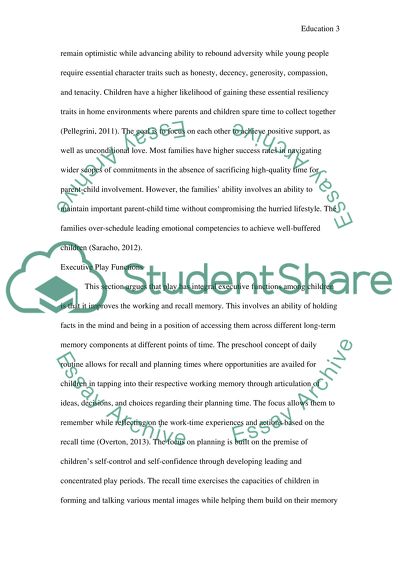Cite this document
(“The Importance of play in Childrens Cognitive and Emotional Literature review”, n.d.)
Retrieved from https://studentshare.org/education/1674717-the-importance-of-play-in-childrens-cognitive-and-emotional-development
Retrieved from https://studentshare.org/education/1674717-the-importance-of-play-in-childrens-cognitive-and-emotional-development
(The Importance of Play in Childrens Cognitive and Emotional Literature Review)
https://studentshare.org/education/1674717-the-importance-of-play-in-childrens-cognitive-and-emotional-development.
https://studentshare.org/education/1674717-the-importance-of-play-in-childrens-cognitive-and-emotional-development.
“The Importance of Play in Childrens Cognitive and Emotional Literature Review”, n.d. https://studentshare.org/education/1674717-the-importance-of-play-in-childrens-cognitive-and-emotional-development.


